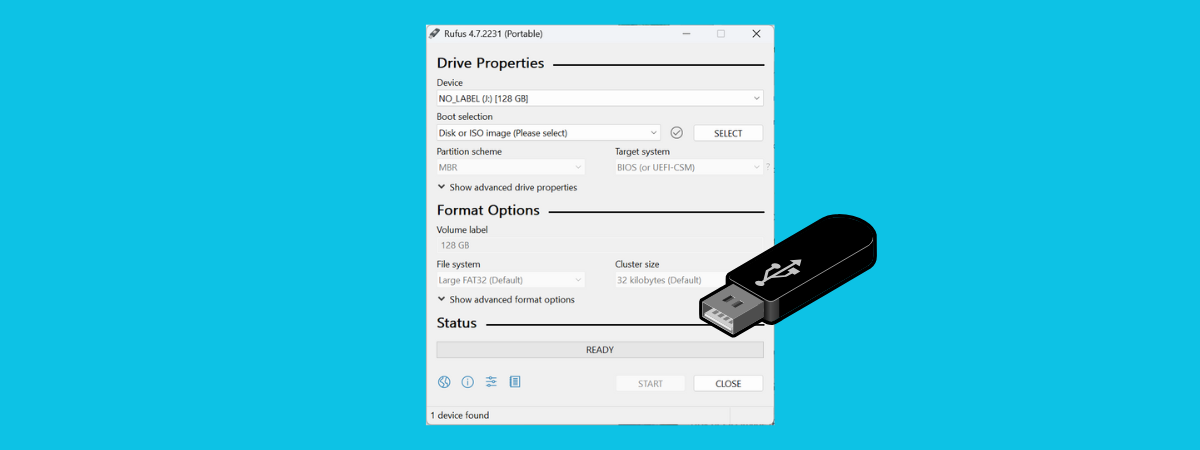A day at the F1 Arcade: here’s what it’s like to drive
/cdn.vox-cdn.com/uploads/chorus_asset/file/25681368/F1_Arcade_Wheel.jpg)
Confidence was my first mistake. As I plopped down in one of the 83 racing simulators in the new F1 Arcade location in Washington, DC, I told the company’s CEO, Adam Breeden, that I’d raced plenty of times before. I picked Semi-Pro difficulty, even as Breeden told me he recommends most first-time arcade visitors pick something simpler. I adjusted the Vesaro simulator, started the race, and caused a six-car pileup on the race’s very first corner.
Luckily for me, the F1 Arcade is designed more for fun than fidelity, so my race wasn’t over. It ended four minutes later, in dead-last place, as the onscreen timer mercifully ticked to zero. On a normal day at the arcade, this would signal it’s time for someone else to race. For me, sitting at the wheel a few days before the arcade opened to the public, it just meant my shameful drive was finally over.
The DC outpost of the F1 Arcade is the company’s second location in the US — the first opened in Boston earlier this year, after two locations in the UK have been huge hits. (Breeden says one location did twice its projected revenue in its first year.) The project started a few years ago, when Formula 1 reached out to Breeden about building a more experiential product for racing fans. Breeden has been doing this kind of thing for a while — he calls it “competitive socializing” — and has built brands for Ping-Pong, minigolf, bowling, and darts — and says he landed on the idea of racing simulators right away. Millions of people have sat in arcade chairs and driven onscreen cars in games like Cruis’n World, and lots of people are willing to fork over hundreds or thousands of dollars to get a wheel and pedals into their own home. A fun, social, competitive racing experience seemed like a winner.
All 83 simulators inside this huge DC space are the same: an all-in-one machine built by a company called Vesaro. (The company sells a modified version of the setup, which it calls the V-Zero Mark II, for a hair under £40,000.) It has a steering wheel and two pedals and a seat that rumbles and moves as your car does in the game. “If you’re playing this thing with full manual settings,” Breeden says, “it is functionally a professional-level racing simulator.” He says his team is already working on new versions of the rig, but he’s happy with the state of things, too. And he’s trying to make sure he thinks of everything — even the F1 Arcade’s food menus were designed in part to make sure you don’t bring messy fingers into the cockpit.
Racing simulators are not, by nature, fun to watch or even particularly social. Sims are complicated and require full attention, races last for hours, and watching someone’s heads-up view isn’t fun for very long. For Breeden and his team, the most important thing about the F1 Arcade was making it a group activity.
That process started with building an entirely new game to play. Booting up 83 copies of F1 24 just wasn’t an option. “Ultimately, the console game is not really fit for a concept like this. It’s very complicated,” Breeden says. What the arcade needed, he thought, was a way for racers to just sit down and start racing without having to make lots of choices and wait through loading screens. It also needed to be connected so people could race against the person next to them or even everyone else in the bar.
Booting up 83 copies of F1 24 just wasn’t an option
The F1 Arcade’s game is based on rFactor 2, a well-known simulator and rendering engine that is often used and modified for various kinds of professional simulating. (It’s also the game that real-life F1 champion Max Verstappen rage-uninstalled last year, after it crashed and cost him a virtual race.) Everything other than the core racing experience has been modified for the arcade, Breeden says. “And it’s not just the software,” he says. “It’s the booking system, the points, how it leads into the leaderboards, how that fuels the virtual currency we have.” The F1 Arcade team has designed a whole online system for gameplay, too: you play the reflex game by scanning a QR code rather than dropping in a quarter, and you win that virtual currency instead of tickets. It all took years and a team of engineers. Breeden says he’s much more of a tech company CEO than he ever expected to be.
The game has several different modes designed for in-person racing. Most people will race head-to-head against the other people in their group — the arcade rents simulators in 30- or 45-minute increments, the way you’d reserve a lane to bowl. You can also team up and take turns racing against up to 19 other teams around the venue. And for the more skilled and competitive racers, the F1 Arcade will have overall leaderboards and full-length races.
You win not by taking the checkered flag but by accruing points. You get points for being in first when the four-minute timer ends, yes, but also for overtaking other racers and doing other things on the track. The idea is to give everyone a chance, even the newbies — each player selects their skill level, which can be anything from essentially “Full Manual Simulator” to “The Car Basically Drives Itself,” and the game should adjust to keep everyone competitive. If you just imagine playing a photorealistic, really high-end version of Mario Kart, you’ll understand exactly how the F1 Arcade is supposed to feel.
When you’re not playing, of course, the idea is you’ll eat and drink. And watch. Each simulator has two ultrawide, 49-inch ROG Strix displays, stacked vertically in front of the seat. The bottom screen shows your racing view, while the top one shows something more like you’d see on TV, so the people behind you can watch the race and cheer you on. “You get a close race, everyone’s banging the back of the simulator, screaming and shouting for their team,” he says. “And it’s just so participatory, which is what you want.”
There’s more to the F1 Arcade than the simulators. There’s a huge, upscale bar, with a menu overseen by Lauren Paylor O’Brien, the champion of the first season of Netflix’s Drink Masters. There are other games, like a wall of lights meant to test your reflexes. Most of the decor is F1-related in some way: the overhead lights are in the shape of various tracks or telemetry data coming from cars, and there are those iconic round red lights everywhere. Breeden is adamant that the way these places succeed is by appealing to people who don’t care about the activity and just want a place to hang out; the people who love racing will come anyway, you know? Still, it’s a room full of simulators.
So much of the arcade acknowledges the fact that everyone’s a gamer now and that modern socialization so often includes screens. This digital-IRL collision is happening everywhere you look: Nintendo built an AR Mario Kart experience at Universal Studios in Los Angeles and Osaka, Dave & Buster’s is filled with mobile games and VR headsets, and kids are hanging out in Roblox and Fortnite the same way they hang out at the mall. Breeden’s fine with all that. He’s just trying to build something worth leaving the house for.
Source link










